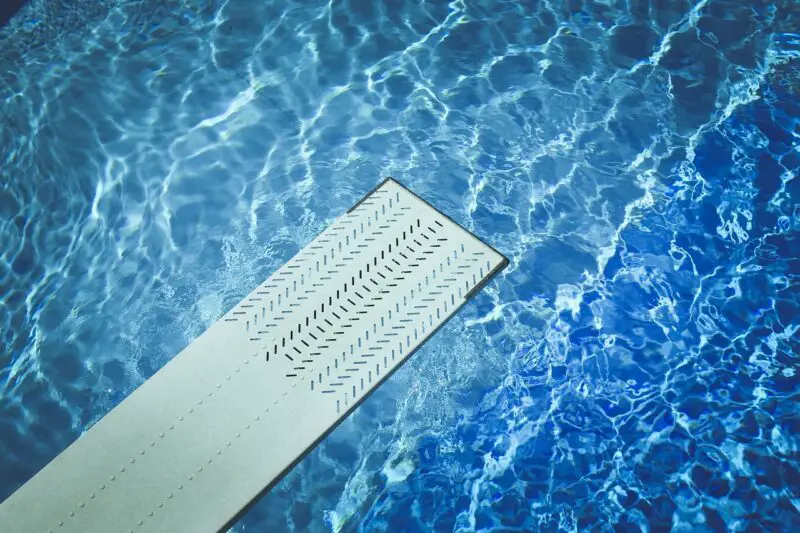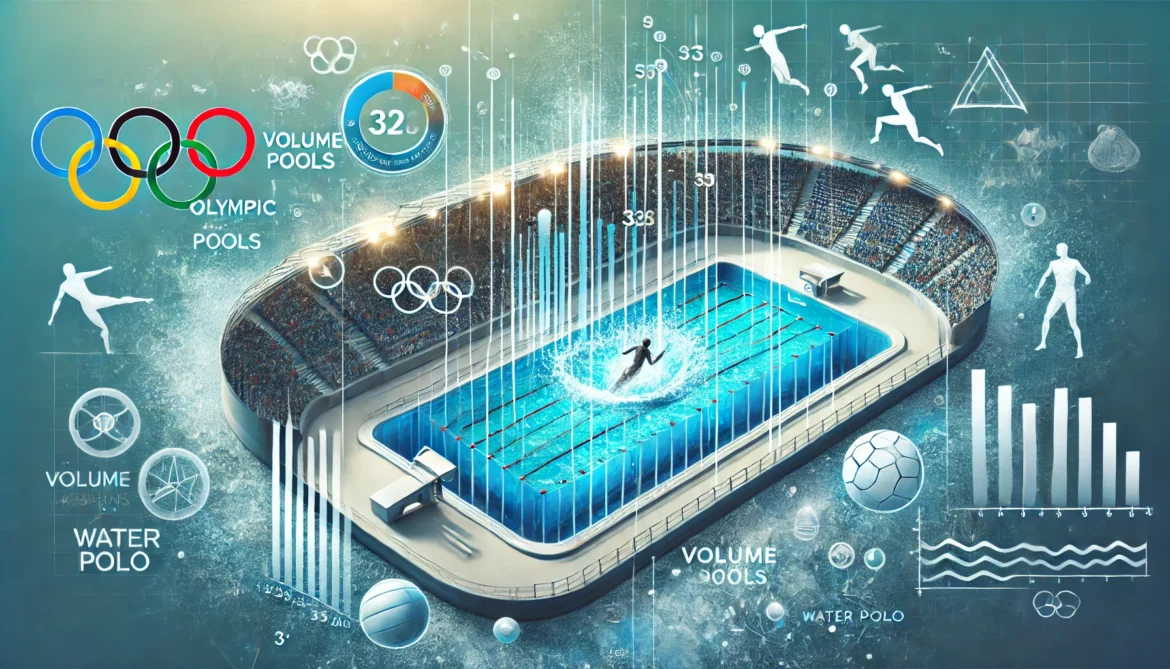As we are nearing the final days of the 2024 Paris Olympics, let’s dive into the details of the vast aquatic landscapes that have framed some of the most memorable events of these Games. From the precise measurements of Olympic swimming pools to the expansive volumes of rowing lakes, understanding the specifics of these water-based venues provides a deeper appreciation of the complexities involved in Olympic sport planning and execution.
In this article, we’ll explore the dimensions, capacities, and the intricate management of water volumes across various Olympic sports, translated into units that resonate worldwide.
Olympic Swimming Pools
Dimensions and Capacity of a Standard Olympic Pool
An Olympic-size swimming pool must adhere to strict dimensions: it is typically 50 meters long, 25 meters wide, and at least 2 meters deep, encompassing a volume of about 2,500 cubic meters of water. For those more familiar with other units, this volume converts to approximately 660,430 U.S. gallons or 2,500,000 liters.

Water Usage and Management
Managing the water in Olympic pools involves sophisticated recycling and heating systems. These pools are equipped with systems that can heat and treat water efficiently, ensuring it meets safety and performance standards without excessive energy use. Approximately 90% of the water is circulated daily through filtration and sanitation systems to maintain purity and optimal performance conditions.
Diving Wells or Diving Pools
Dimensions and Unique Features
Diving wells are designed with depth as a priority to ensure the safety of divers. A typical well might be 5 meters wide, 25 meters long, and up to 5 meters deep, totaling a volume of around 625 cubic meters. In other units, that’s about 165,107 gallons or 625,000 liters. The additional depth compared to standard pools accommodates the high impact of diving from significant heights.

Impact of Water Volume on Diving
The volume and depth of water in diving wells are crucial for cushioning divers’ entries, which can be from heights of up to 10 meters for platform dives. The water needs to be deep enough to dissipate the force of the dive, thus preventing injuries.
Rowing Lakes and Canoe Sprint Areas
Rowing and canoe sprint venues are considerably larger than pools and wells. These areas are often several kilometers long and wide enough to accommodate multiple lanes of boat traffic. For example, a standard rowing course might be 2,000 meters long and 100 meters wide, with an average depth of 3 meters, leading to an enormous volume of 600,000 cubic meters. This converts to roughly 158,503,231 gallons or 600,000,000 liters.
Environmental and Logistic Considerations
Maintaining these large bodies of water for Olympic competitions requires careful environmental management. The large volume impacts local ecosystems, and measures must be in place to minimize disruption, such as maintaining water quality and controlling the growth of algae and other aquatic plants.
